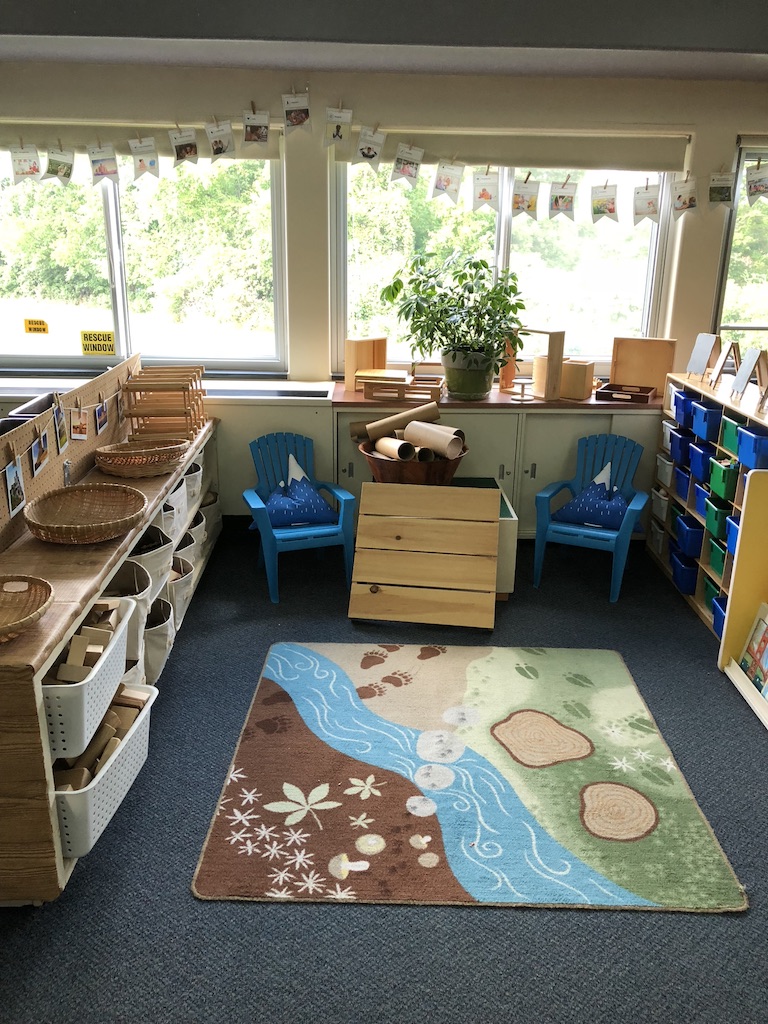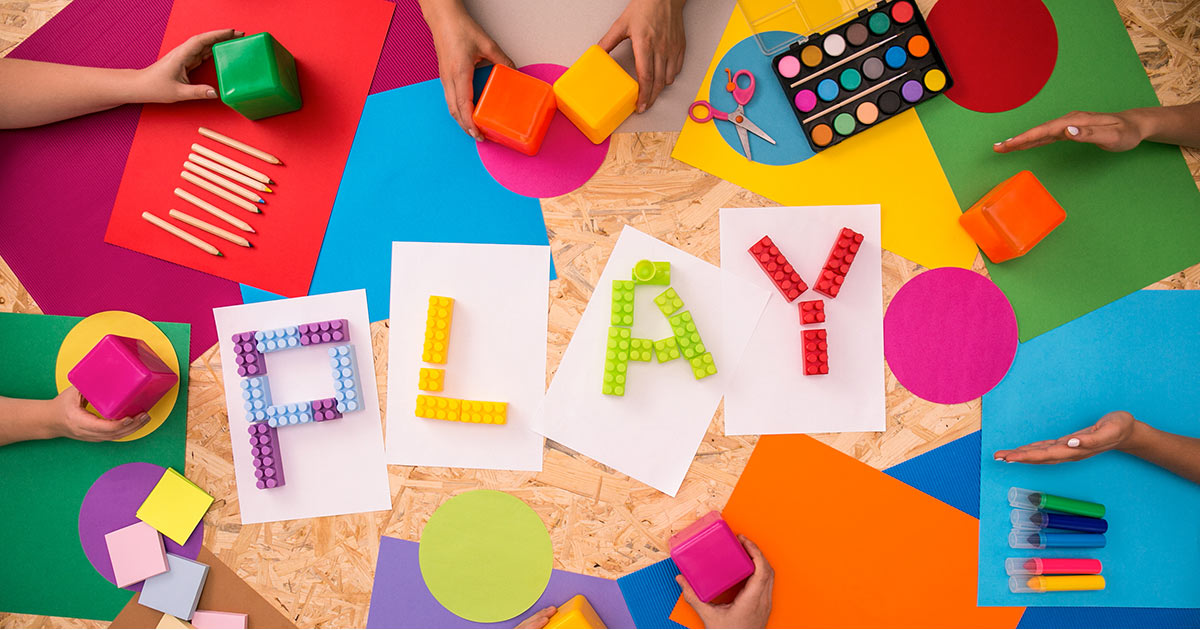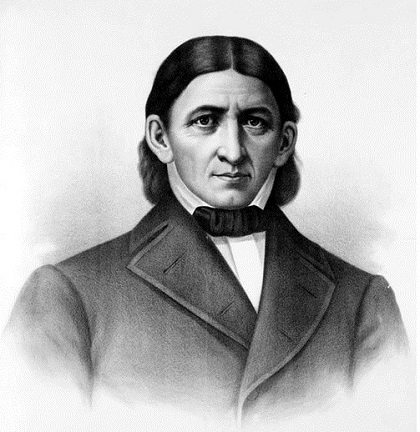Learning Through Laughter: The Power of Play-Based Learning!
How Children Learn Through Play: The Power of the Play-Based Approach
What is the Play-Based Approach?
Have you ever watched children deeply focused while pretending to cook, build castle, or maybe explore outdoor? That's not just a "playtime" that's efficient and powerful learning in action❗❗❗
The Play-Based Approach is an early childhood education method that puts play at the heart of learning. It’s all about creating an engaging environments where children learn by doing, exploring, imagining, and having fun!
Where Did It All Begin?
This approach is rooted in the developmental theories of Friedrich Froebel, the German educator who founded the concept of kindergarten in the 19th century. Froebel believed that play is essential to children’s learning and development (LeBlanc, 2012)
Later, psychologists Jean Piaget and Lev Vygotsky further supported this idea. Piaget emphasised the importance of active exploration in cognitive development, while Vygotsky focused on the social nature of learning through play and the concept of the Zone of Proximal Development (Bodrova & Leong, 2015).
Where Is It Used ?
Today, this approach is widely implemented in countries like Finland, Sweden, Canada, Australia, and New Zealand, where national early childhood curriculums support child-led and interest-based learning (Pyle & Danniels, 2017). Even in places like the UK and Malaysia, more educators are now recognizing its benefits and blending it into their teaching.
So, What Makes Play-Based Approach Special?
In a play-based classroom, children learn through hands-on experiences that involve imagination, interaction, and exploration. Educators guide the process by setting up meaningful environments and encouraging curiosity and critical thinking.
And guess what? Research shows that children in play-based settings often perform better in language development, social skills, and problem-solving abilities compared to those in more formal learning environments (Whitebread et al., 2012). Isn’t that amazing?
 |
| Traditional Classroom |
 |
| Play-Based Classroom |
"In short, play isn’t just for fun — it’s a serious tool for learning. When children play, they’re not wasting time, they’re building their future.
So let’s give them the space, the freedom, and the support to learn the way they were born to: through play!"






Comments
Post a Comment